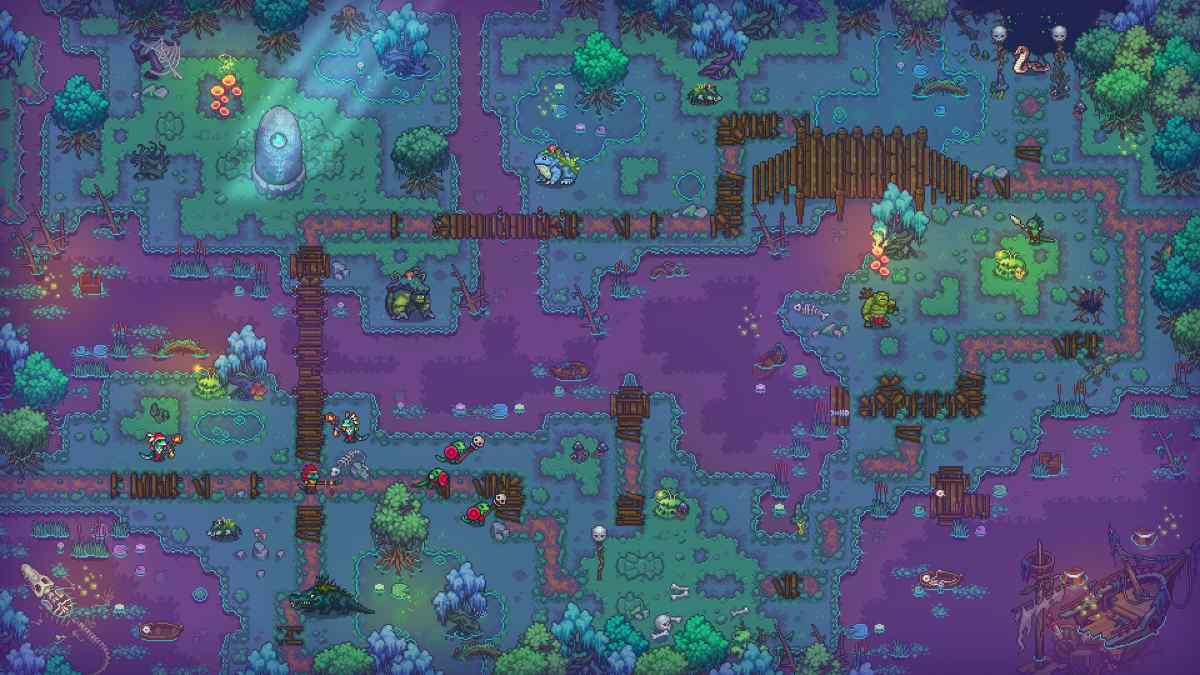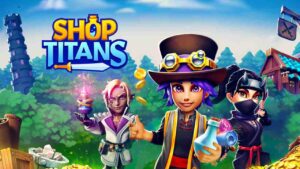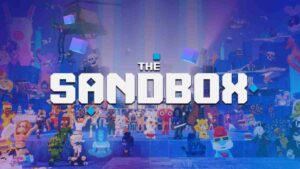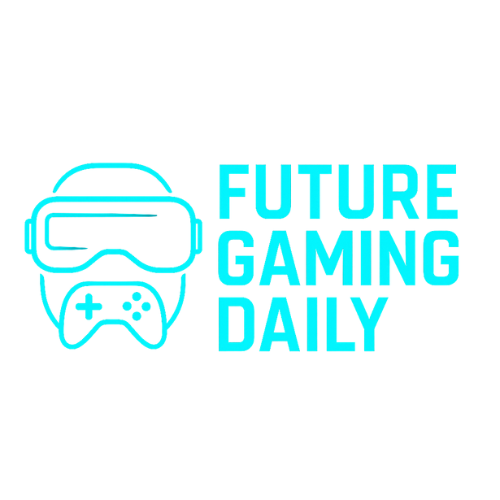Calamity isn’t trying to reinvent how MMORPGs play. At a glance, it sticks closely to genre staples: character classes, PvE zones, gear progression, and crafting systems. But beneath that is a set of mechanics built to support player ownership and on-chain value exchange without forcing it.
The game is still in development, but details are starting to take shape. It’s web-based, runs in-browser, and uses blockchain to create an economy where players can extract value from in-game activity. How that actually works depends on how deeply players engage with its crafting, marketplace, and token layers.
Gameplay keeps it familiar
Combat is action-based, but not twitch-heavy. Movement and positioning matter, though it’s more in line with older tab-target MMOs than newer kinetic systems. Classes are distinct, each with their own builds and skill loadouts, and group synergy seems to matter in high-level encounters.
There’s a strong focus on gathering and crafting. Materials tie directly into gear production and enhancement, and crafting plays a central role in both combat readiness and trade. Progression is tied to both player level and profession development, offering a loop that rewards time investment across multiple systems.
So far, none of this is experimental. It follows a design lineage that’s closer to Runescape or Albion Online than modern theme park MMOs. That’s likely intentional a stable core to support more experimental layers on top.
Web3 integration focuses on economy
Where Calamity separates itself is in how it handles item ownership. Gear, materials, and currencies can be tokenized, allowing them to move between players as tradeable, blockchain-backed assets. That opens the door for player-driven markets, where scarcity and demand actually influence item value.
The system doesn’t force NFT usage for basic gameplay. You can engage with the economy casually, or dive deeper into minting and trading if you want to capitalize on resource flow. It’s structured to appeal to both traditional MMO players and those interested in value extraction.
The model falls into the play-to-earn category, but with a lower barrier of entry and fewer hard dependencies on token interactions. That keeps the game from feeling like a financial layer first and a game second — something other Web3 titles have struggled with.
Built for browsers, not headsets or consoles
One of the more practical choices Calamity makes is staying browser-native. No launcher, no downloads, just a login screen and you’re in. That approach cuts friction, especially in emerging markets, and fits well with its lightweight, stylized visuals.
The art direction doesn’t aim for realism. Character models and environments use a clean, low-poly style with bold outlines and bright palettes. It’s readable, performant, and easy to scale across devices. That also means fast iteration on content patches without long client updates.
Early community shaping direction
Development is being shaped in part by community feedback, especially around economy tuning and progression pacing. The team is actively refining how inflation, item decay, and marketplace dynamics will work at scale.
There’s also mention of future staking mechanics and ecosystem expansion, but for now, the focus is on getting the core loop functional and stable. Whether deeper tokenomics will eventually shift the player behavior remains to be seen. Right now, the balance between grind, reward, and economy is still being tested.
Aiming for balance, not just monetization
Calamity walks a line between nostalgia and experimentation. Its structure appeals to genre veterans who know the value of a good loot run or rare recipe, but it’s also trying to modernize the way players engage with in-game economies not just through grinding, but through actual asset control.
Whether that balance holds will come down to scale and tuning. But the framework is interesting: a classic-feeling MMORPG with real trade stakes and blockchain mechanics that aren’t overbearing. For now, it’s more sandbox than spectacle, which might be exactly what its audience wants.
Web3 Analyst & Play Blockchain Games Guide
CryptoKit breaks down Web3 gaming like it’s second nature. From tokenomics to airdrop strategies, she turns blockchain chaos into clear, actionable advice for players who want to win more than XP.




